STEM, Automation, and Sustainability: Helping Create a Better Tomorrow
By Dan Matthews
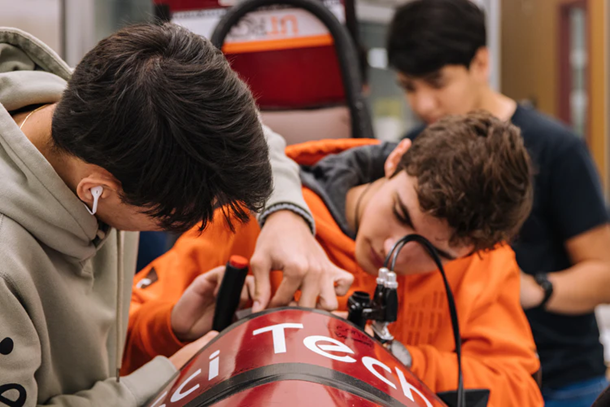 Image Source: https://unsplash.com/photos/uXsBGF5CrpU
Image Source: https://unsplash.com/photos/uXsBGF5CrpU
As global temperatures continue to rise and inclement weather events increase in frequency, the effects of climate change are readily apparent. But there’s good news in the realm of climate change: The global call for sustainable solutions has risen alongside the issue, and young people are leading the charge.
Swedish environmentalist Greta Thunberg is, of course, the most well-known of these young activists. And while Thunberg has had to deal with her fair share of criticism and haters since first speaking out in 2018, the young woman also has plenty of support from — peers, family members, and educators alike. For Thunberg, private school education catalyzed her activism, and her teachers did their best to encourage her interest in STEM.
Education and awareness of the harsh realities of climate change, as well as technological advancements in sustainability, may serve a similar purpose for students around the world. Beginning in primary school, a STEM-focused educational model helps to lay the foundation necessary for students to take their skill sets into the future and create a better, more sustainable tomorrow. Students who are passionate about sustainability may ultimately choose a career path in which they can make a real difference.
Here’s what you need to know about facilitating an interest in STEM among students of all ages, and how technological advancements in automation, waste reduction, and more fit into the overall picture.
- 0 Comments
- Sep 2, 2021 10:00:00 AM
- Posted by Maria Alejandra Calcetero
- Topics: Robotics, EdTech, STEM, Education, 21st Century Classroom, Technology, STEMchat, Edchat, k12, Automation
How To Use AI To Improve Your Online Lessons
By Nancy P. Howard
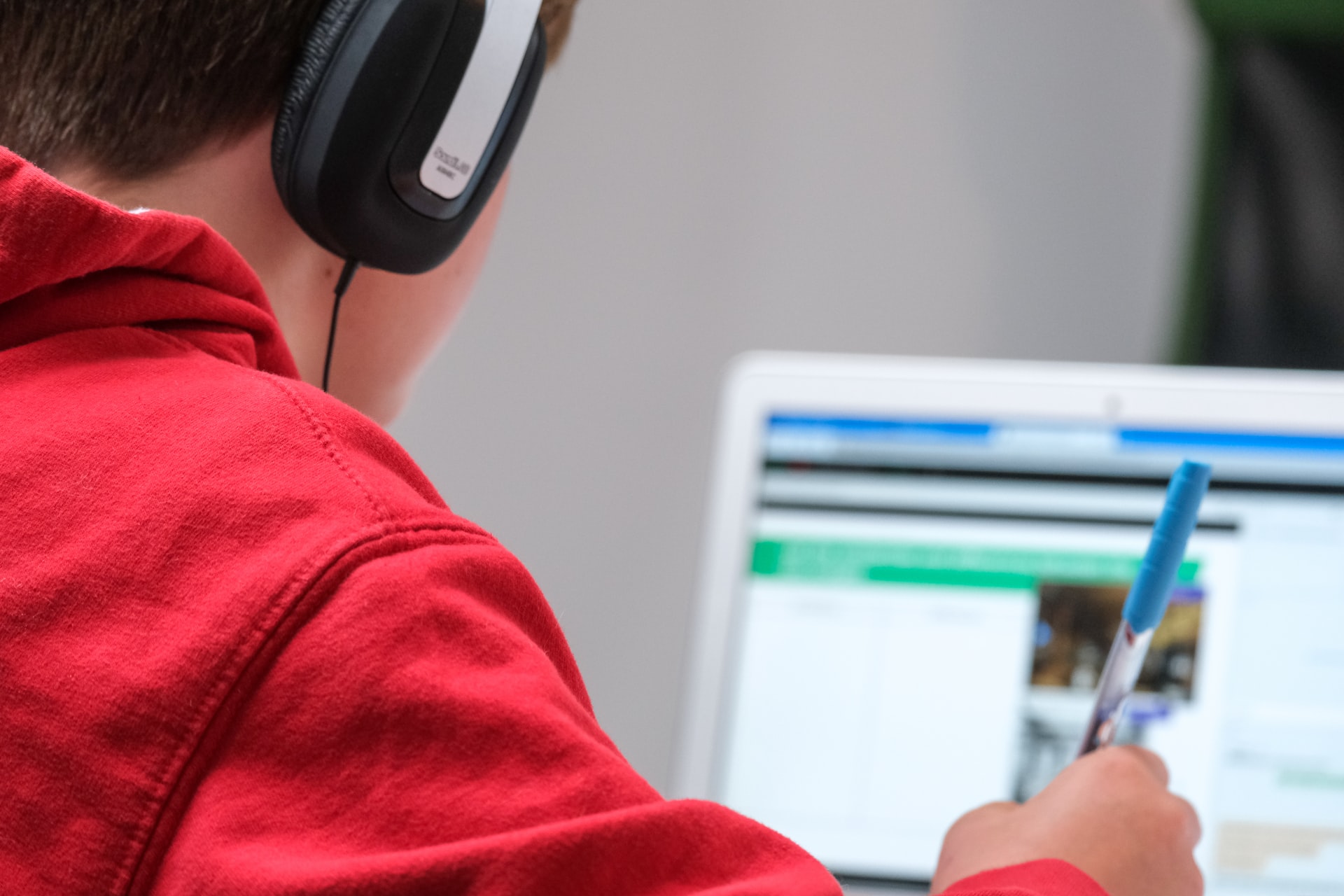 Photo by Compare Fibre on Unsplash
Photo by Compare Fibre on Unsplash
Artificial Intelligence has played an important role in the development of a variety of industries. In fact, it has probably had an impact on any industry you can think of. Examples of new tech such as Pepper Robot which can teach Science, Programming, and Robotics prove just how many opportunities AI opens for educators specifically.
Indeed, there are many ways you can use AI to improve education, especially when it comes to e-learning. Hence, here’s how to use AI to improve your online lessons and how these practices will allow you to deliver better learning experiences to your students.
- 0 Comments
- Sep 1, 2021 10:00:00 AM
- Posted by Maria Alejandra Calcetero
- Topics: Robotics, EdTech, Education, Technology, VR, Realidad Virtual, Edchat, virtual learning
Here’s Why Digital Math Tools Are a Must-Have
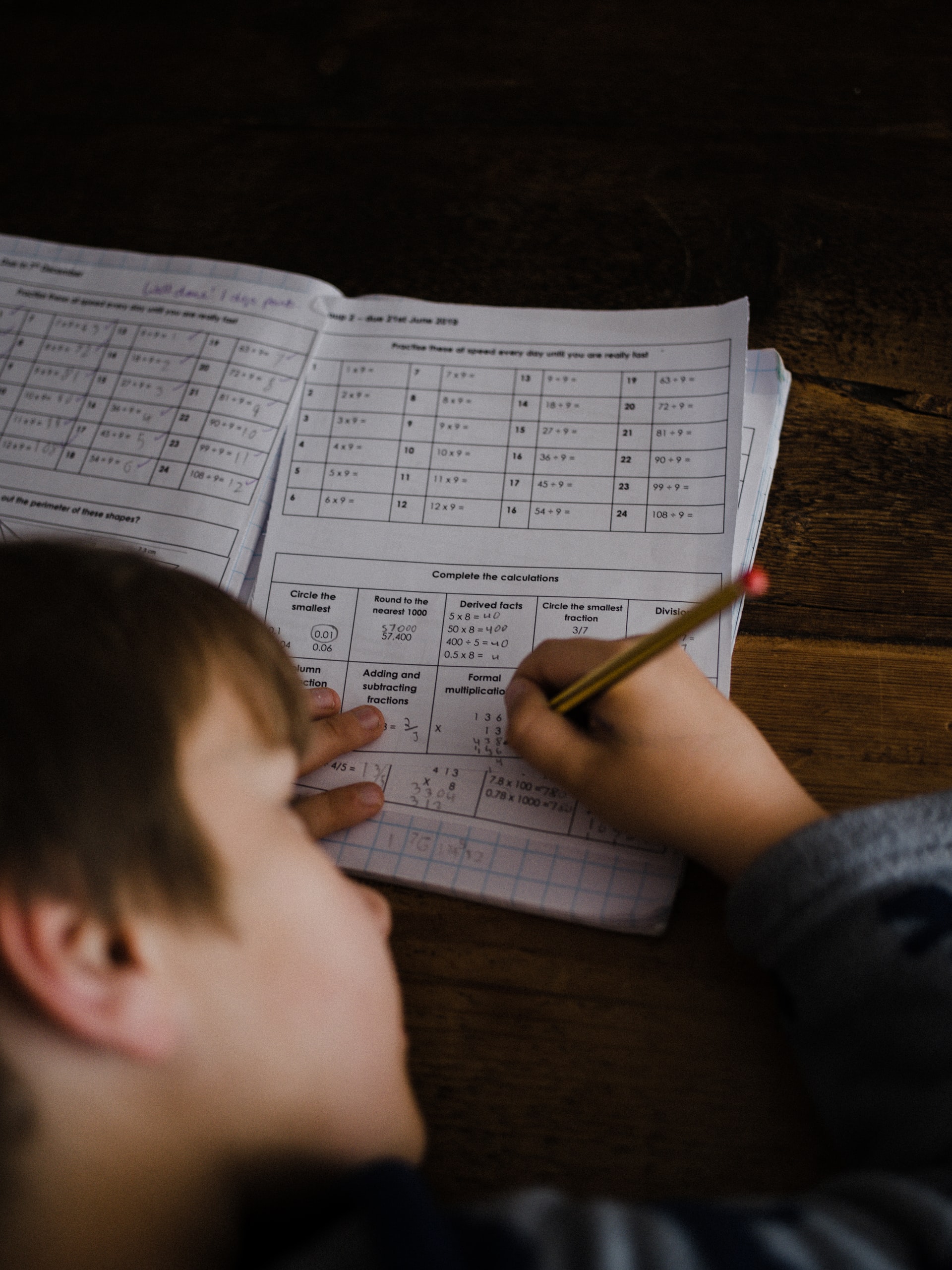 Photo by Annie Spratt on Unsplash
Photo by Annie Spratt on Unsplash
Education technology is a must, in the classroom and beyond--and digital math tools are an integral part of an ed-tech toolbox.
- 0 Comments
- Aug 31, 2021 10:00:00 AM
- Posted by Maria Alejandra Calcetero
- Topics: Robotics, EdTech, Education, Technology, VR, Realidad Virtual, Edchat, virtual learning
Service And Delivery Robots to Aid the Labor Shortages. Bring Automation to Help!
We all heard about the labor shortages that are affecting every aspect of our country in our economy, especially when it comes to the service, food, and hospitality industries.
Without enough employees, companies will only be able to complete a limited number of projects, robots are essentially not replacing individuals, not replacing employees, they are here to augment the people that are working. They are here to automate the mundane tasks that humans should not do! Check the video below and learn how.
Discover more about Business Robots with RobotLAB!
- 0 Comments
- Aug 27, 2021 10:15:42 AM
- Posted by Maria Alejandra Calcetero
- Topics: Robotics, EdTech, Education, Technology, VR, Realidad Virtual, Edchat, virtual learning
VR Expeditions 2.0 won the Tech & Learning Awards of Excellence Back To School for Primary and Secondary Education!
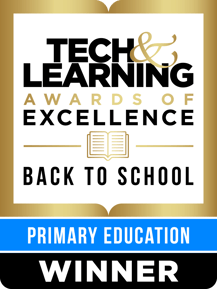 |
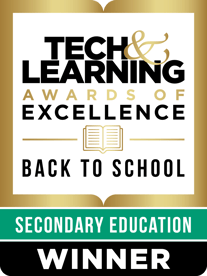 |
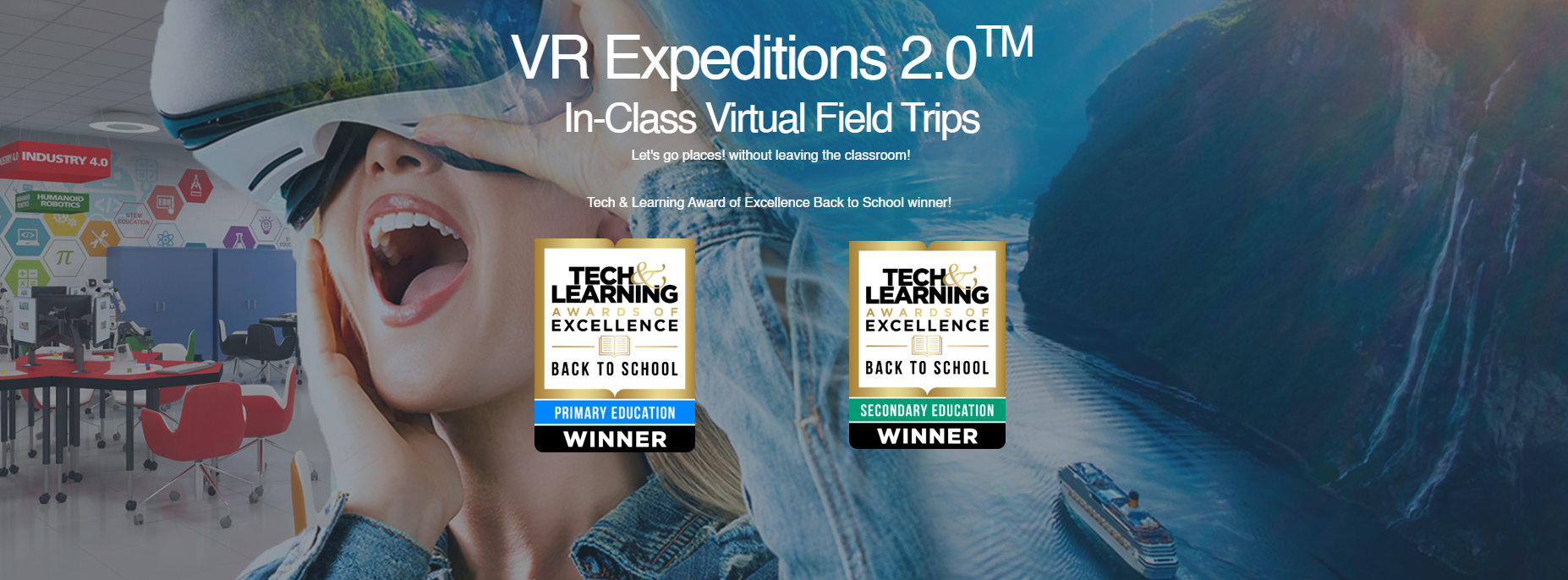
RobotLAB is excited to announce that VR Expeditions 2.0 received the Awards of Excellence Back to School for Primary and Secondary Education by Tech&Learning.
RobotLAB VR Expeditions 2.0™ is inspired by the great work Google did, and following feedback from thousands of educators, RobotLAB created a VR tool tailored to educators’ needs.
In the past four years, RobotLAB was the leading partner for Google Expeditions and the only one certified to ship Google Expeditions Kits globally. Following Google’s decision to stop their VR efforts, discontinuing Google DayDream and the Google Expeditions app, RobotLAB decided to take advantage of this opportunity and introduce VR Expeditions 2.0TM.
Some of the areas of improvement are:
Content – A unique partnership with Encyclopædia Britannica® to bring high-quality, curated, and tailored content, along with student hand-outs and additional teacher resources that make educators' life easier.
Visuals – In Expeditions 2.0™, all the 360-degrees photos and videos are high definition, 4k resolution, and designed to bring the best of the world to your classroom, in HD quality.
Classroom Management – A new feature was developed from the ground up. Now teachers can create playlists and save expeditions for offline teaching, without any need for internet access. Create classes and track the progress per class is an essential tool for educators struggling to manage their time more efficiently.
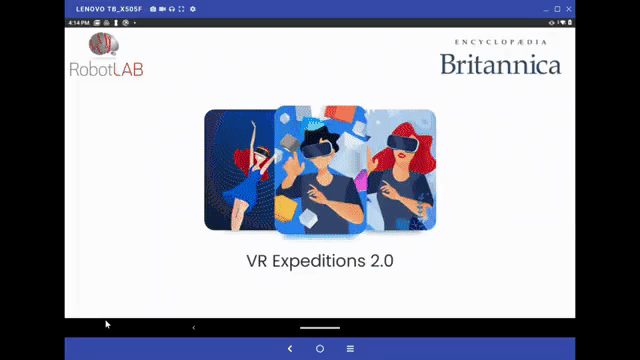
Thank you to all the team, great job!
Learn more about Expeditions 2.0 by RobotLAB!
Let's go places!
- 0 Comments
- Aug 26, 2021 2:00:00 PM
- Posted by Maria Alejandra Calcetero
- Topics: Robotics, EdTech, Education, Technology, VR, Realidad Virtual, Edchat, virtual learning
How Robots Can Help and Simplify Processes on Education
By David Walker
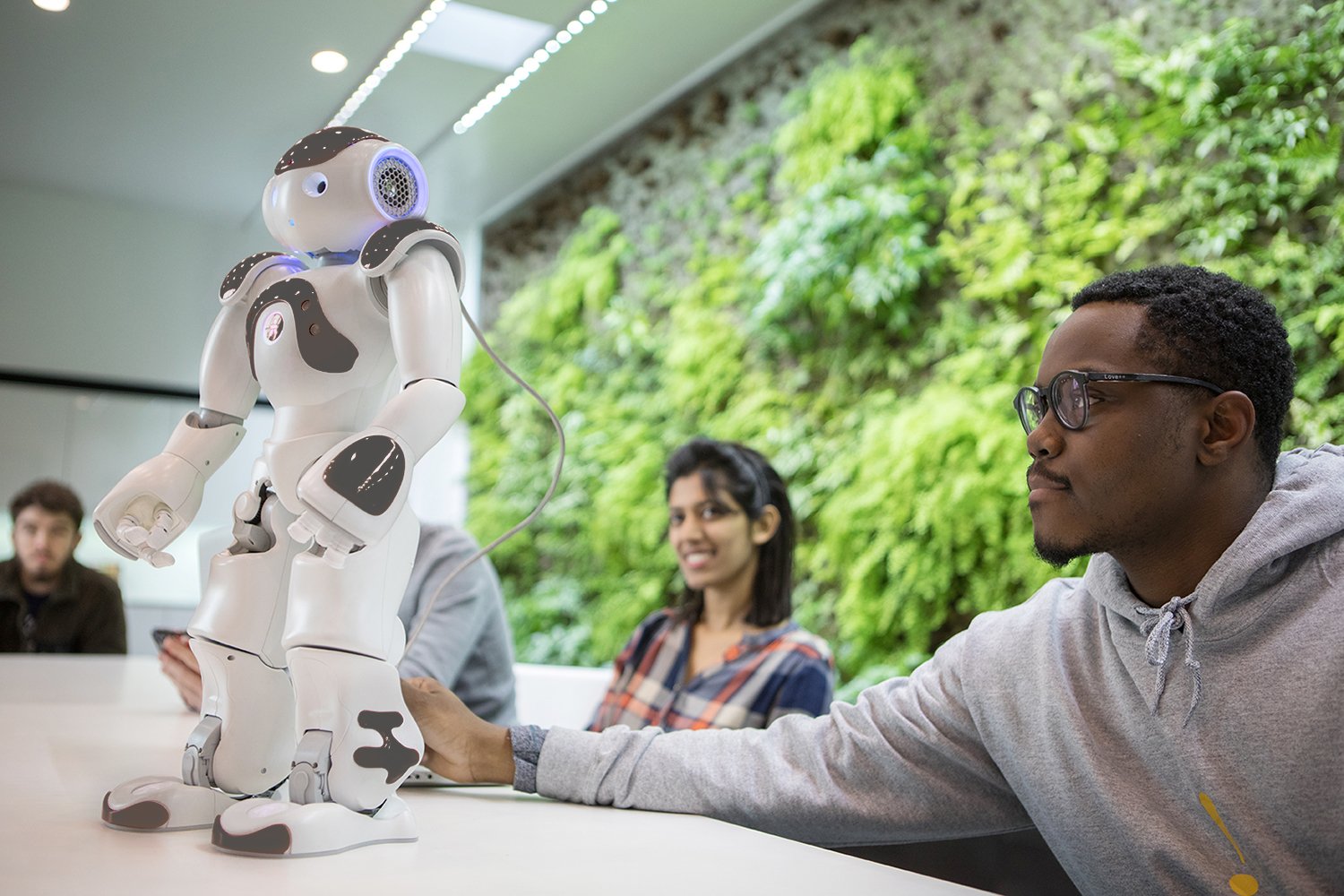
Robotization allows people to more efficiently perform routine tasks. Rapid technological changes that we had in the last decade must increase the range of automated systems’ possibilities. This cannot but affect the student’s curriculum. Most countries, such as the USA, Korea, China, Turkey, are increasingly investing in STEM. This is the right strategy because innovation is everywhere around us.
Robotic systems are becoming more common every year. Such machines are useful for people of different specialties and students. So we decide to find out how advanced systems can affect the quality of education. This is an important issue for business leaders, students, and teachers who will need to improve their lectures.
There are thousands of enthusiasts who are confident that the time has come for AI systems. But that's not so clear considering the hardware costs. Of course, most students can use programmed robots in computer science lessons or during coaching.
- 0 Comments
- Aug 26, 2021 10:00:00 AM
- Posted by Maria Alejandra Calcetero
- Topics: Robotics, STEM, Education, Curriculum, Robots,, Learning, Innovation, Makerspace, Educators, teaching, distance learning, Automation, Online Learning
Back to school 2021/2022: predictions and expectations
 Photo by Paul Siewert on Unsplash
Photo by Paul Siewert on Unsplash
A new academic year is beginning soon. While the global pandemic seems to have become more manageable at the time of writing, this back-to-school season won’t certainly be like any other. Let’s take a closer look at some predictions, expectations, and considerations for the 2021/2022 school year.
With almost two years in a row of unusual learning, this Autumn will probably feel like a breath of fresh air. All things considered, teachers, students, and administrators will most likely get familiar with a new normal rather than returning to a long-awaited back to normal. And this doesn’t necessarily mean bad news.
Technology has surely allowed schools and teachers to overcome several challenges of the remote learning scenario. Plus, it has proven to be particularly effective in supporting students during such a challenging period. The demand for digital classrooms significantly increased in the past year, setting in motion a major revolution in the educational landscape. The “age of remote learning” taught us several valuable lessons we mustn’t forget as we approach the new academic year.
- 0 Comments
- Aug 25, 2021 10:00:00 AM
- Posted by Maria Alejandra Calcetero
- Topics: Robotics, STEM, Education, Curriculum, Robots,, Learning, Innovation, Makerspace, Educators, teaching, distance learning, Automation, Online Learning, Educational Robots, schools
3 Ways STEM Learning Supports the Future of Work
 Photo by Mira Kireeva on Unsplash
Photo by Mira Kireeva on Unsplash
Learn how educators are using STEM learning to frame their classrooms around student success now—and in the future.
- 0 Comments
- Aug 24, 2021 10:00:00 AM
- Posted by Maria Alejandra Calcetero
- Topics: Robotics, STEM, Education, Curriculum, Robots,, Learning, Innovation, Makerspace, Educators, teaching, distance learning, Automation, Online Learning, Educational Robots, schools
AI Role in E-Learning Applications
By Ibrahim Ismail
.jpg?width=1920&name=web-3963945_1920%20(1).jpg) Image by Gerd Altmann from Pixabay
Image by Gerd Altmann from Pixabay
Many definitions defined artificial intelligence since the theory of AI comes on the surface. However, it keeps changing with time, but the definitions are generally used to describe AI. Likewise, AI is a study of developing intelligent systems and machines. Moreover, the devices can work and behave like humans. There are plenty of machines that have been designed in an approach of AI. There are two types of AI weak AI, and the other one is strong AI.
Firstly, let's discuss weak AI, which is also known as narrow AI. It's an intelligence that performs some specific task. It allows building some special applications. Some applications have been developed in weak AI logic, For instance, Apple Siri and Amazon Alexa.
Secondly, strong AI or you can call it artificial superintelligence. It promotes the idea of a machine to perform equal to the human. Similarly, this machine is equipped with self-aware consciousness, which can think, behave, and resolve issues like humans, such as science fiction, the superhuman, or a supercomputer.
Moreover, AI also refers to terms like Machine learning and Deep learning, but they are not the same. Meanwhile, ML is a subdivision of AI and DL is a sub-region of ML. ML is the most familiar type of AI. The essential use of ML is to transfer data quickly.
Similarly, mobile application development for e-learning is a path of the future that keeps evolving. Every mobile application development company is keen on learning AI and including it in their app developing strategy.
Meanwhile, AI can be learning as a machine that has a consciousness and problem-solving sense resemble approaches like humans. These attributes make it separate from other devices.
- 0 Comments
- Aug 23, 2021 10:00:00 AM
- Posted by Maria Alejandra Calcetero
- Topics: Robotics, STEM, Education, Curriculum, Robots,, Learning, Innovation, Makerspace, Educators, teaching, distance learning, Automation, Online Learning, Educational Robots, schools
Ensuring That All Students Can See Themselves in STEM
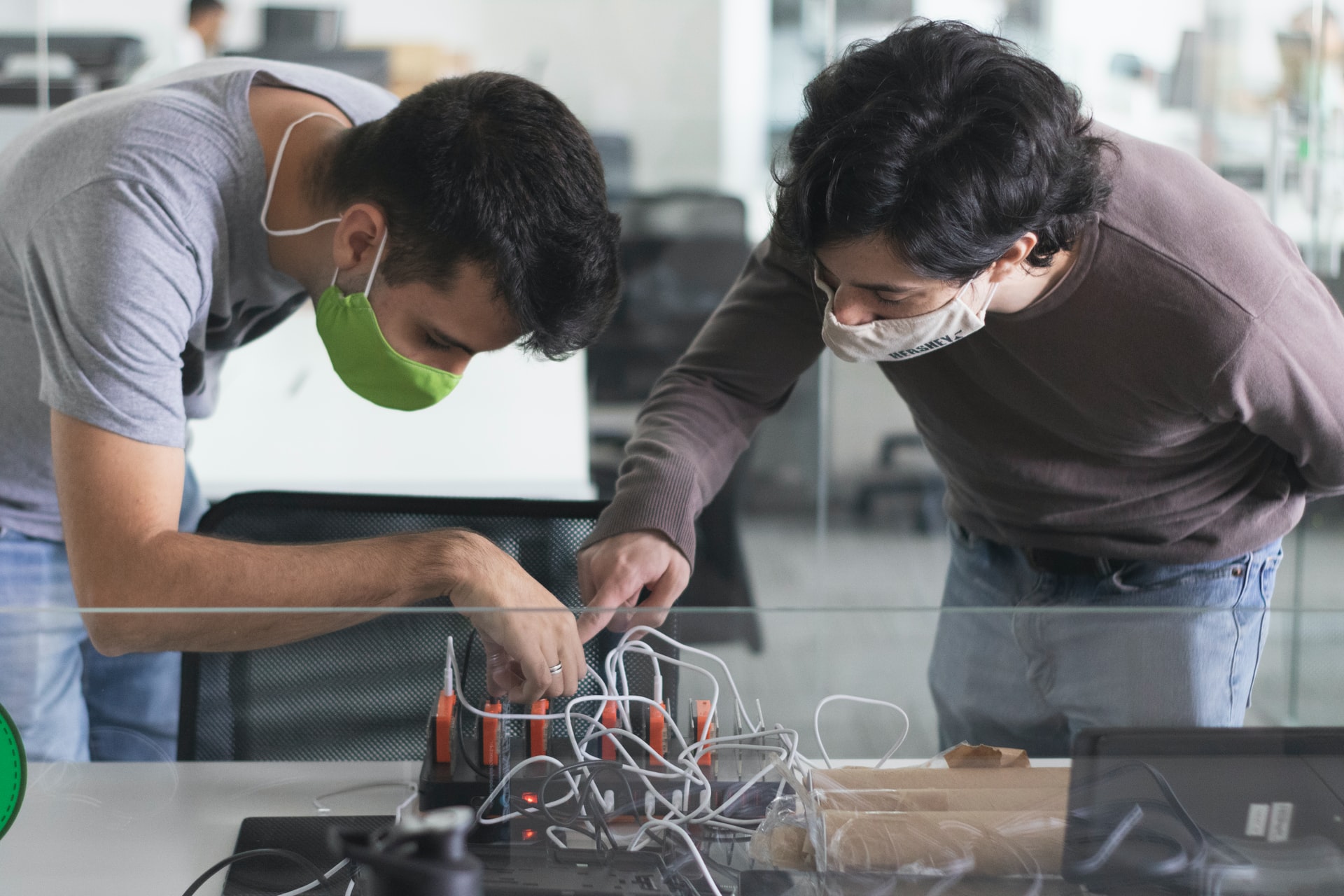 Photo by Marília Castelli on Unsplash
Photo by Marília Castelli on Unsplash
Meeting professionals of color in science, technology, engineering, and math can be a game-changer for high school students.
- 0 Comments
- Aug 20, 2021 10:00:00 AM
- Posted by Maria Alejandra Calcetero
- Topics: Robotics, STEM, Education, Curriculum, Robots,, Learning, Innovation, Makerspace, Educators, teaching, distance learning, Automation, Online Learning, Educational Robots, schools
Relevant Posts
Popular Posts
Subscribe to Email Updates
-
I Want To Learn MoreADDITIONAL INFORMATION




